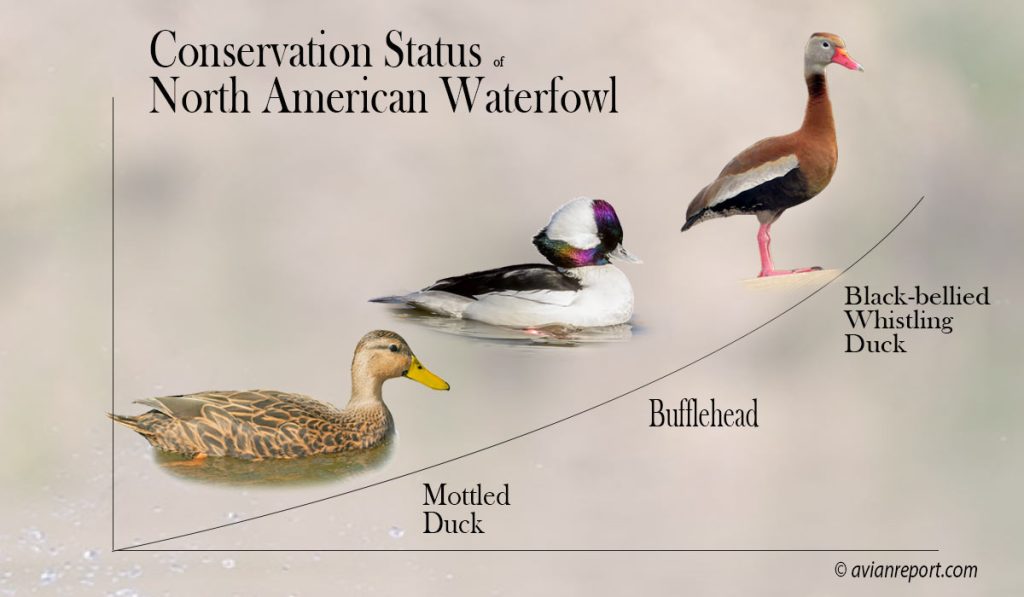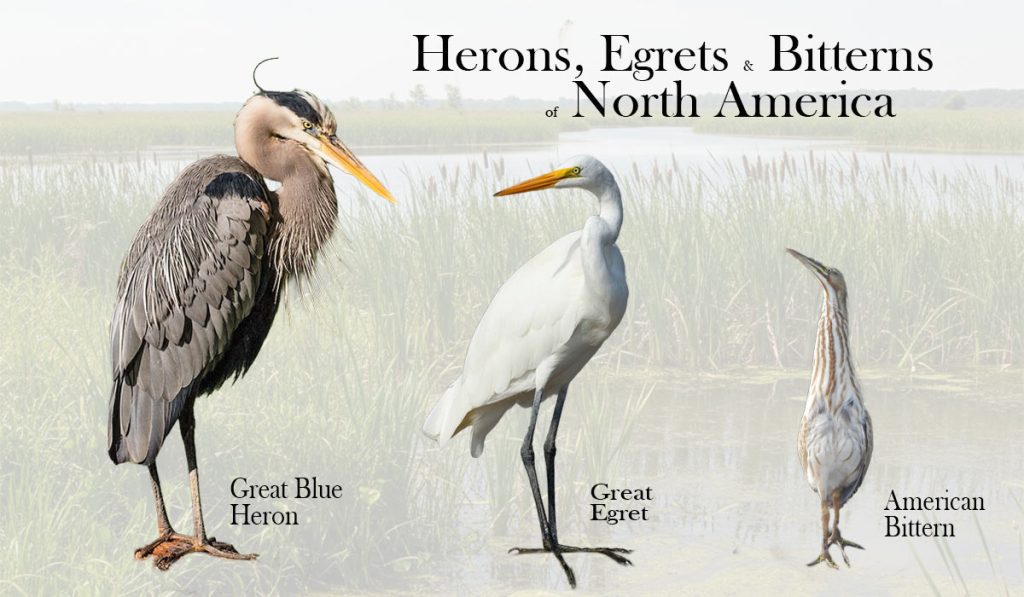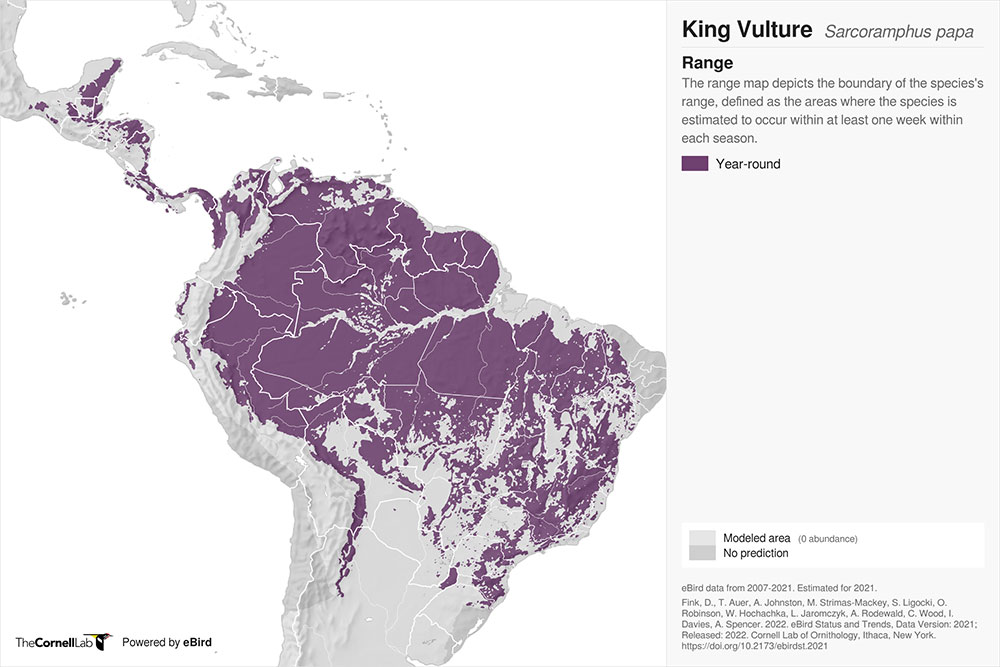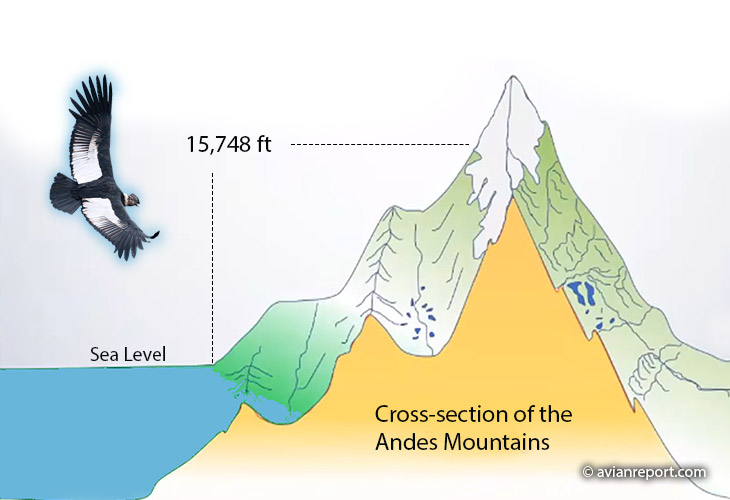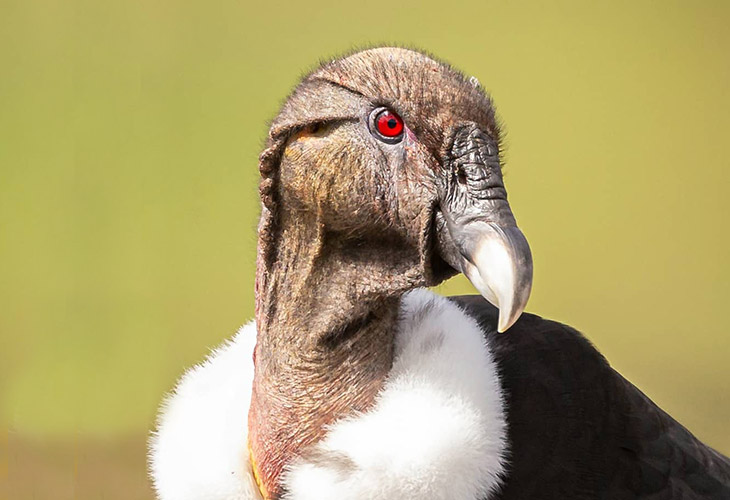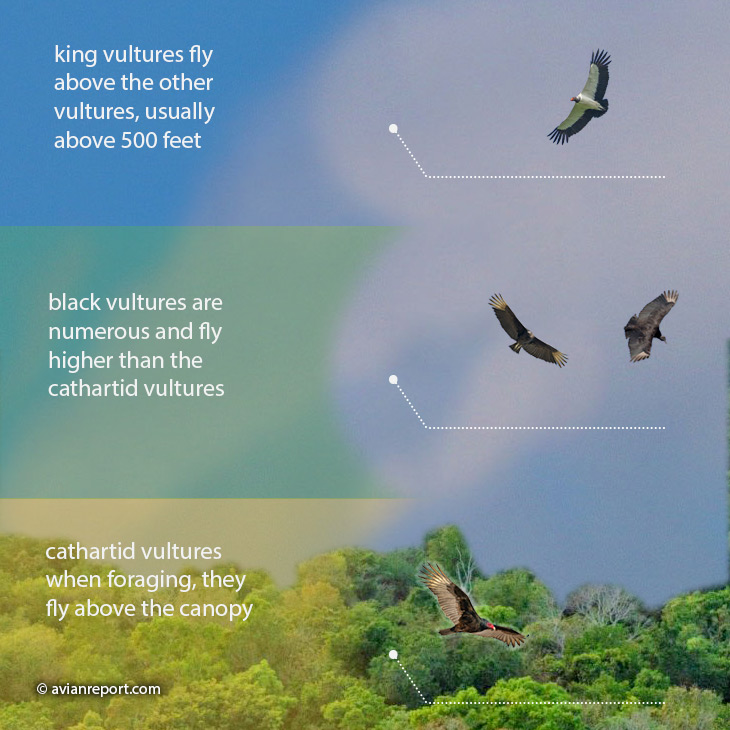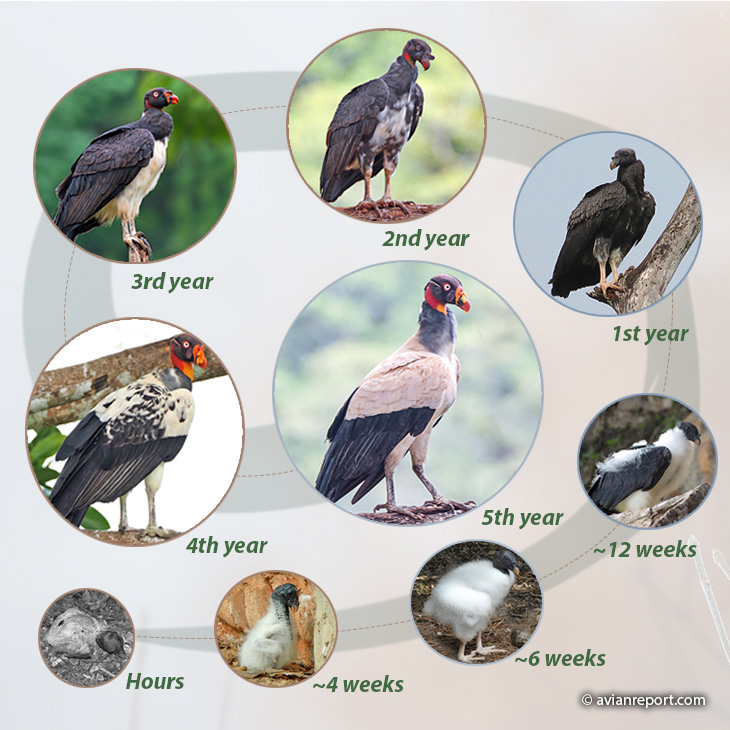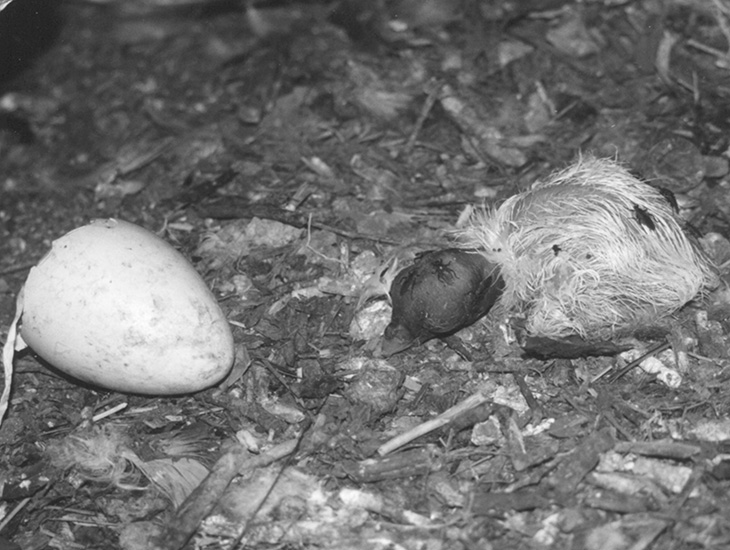The Conservation Status of North American Waterfowl: Trends, Statistics, and Key Threats
The conservation status of North American ducks, geese, and swans is highly varied. North American waterfowl encompass some of the continent’s most abundant bird populations alongside species designated as critically declining. Conservation assessments often rely on the Partners in Flight Continental Concern Score (CCS) and data derived from the North American Breeding Bird Survey (BBS). […]
